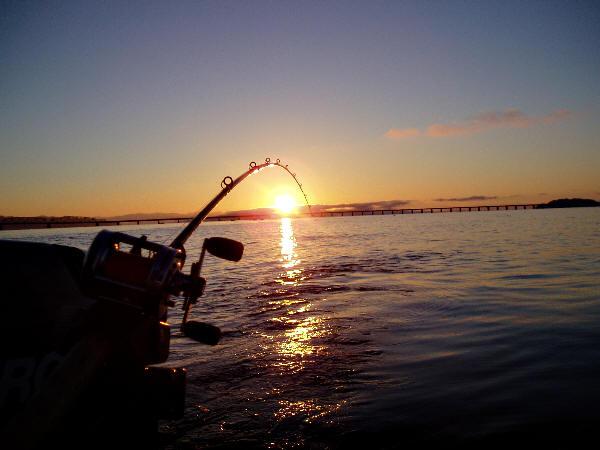Photos
Click to display full size or right-click to save to your device.
ARCHIVED NEWS RELEASE
This document is provided for archival purposes only. Archived documents
do not reflect current WDFW regulations or policy and may contain factual
inaccuracies.
News release Sept. 1, 2022
Contact: WDFW Southwest Region, 360-696-6211
OLYMPIA – With Chinook salmon catches trending well above expectation, fishery managers from Washington and Oregon announced today that the lower Columbia River from Bonneville Dam to Buoy 10 (including the Camas Slough) will close to salmon fishing beginning Friday, Sept. 2.
Fishery managers with the Washington Department of Fish and Wildlife (WDFW) and Oregon Department of Fish and Wildlife agreed Thursday to close salmon fishing downstream of Bonneville Dam after preliminary data showed impacts to Lower Columbia River “tule” Chinook – which are listed as threatened under the Endangered Species Act (ESA) – were much higher than anticipated.
The Buoy 10 fishery near the mouth of the Columbia opened for mark-selective hatchery Chinook fishing on Aug. 1 and switched to non-mark selective fishing on Aug. 25, with the catch rate particularly high during the non-mark selective portion. From Aug. 25-30, an estimated 11,800 Chinook were kept in the Buoy 10 fishery, with another 3,500 released.
“Anglers saw a lot of success in August fishing for Chinook at Buoy 10,” said Ryan Lothrop, Columbia River fisheries manager with WDFW. “Normally, these tule Chinook begin to move out of the area in late August, but we saw catches increase in the past week and the proportion of tules caught was much higher than we’ve seen in years past. Unfortunately, this pushed us over the allowable recreational impacts on these lower river Chinook.”
Unlike other fall Chinook stocks that return upstream of Bonneville Dam, there is no method for updating the estimated return of tule Chinook below Bonneville Dam in-season. Therefore, fishery managers must rely on pre-season estimates when determining how many impacts are allowed to ESA-listed populations below Bonneville Dam through the duration of the fishing season.
“Even in a coho-only fishery, some Chinook are still caught and die after release,” Lothrop said. “It’s not clear if the lower river tule stock is coming in above our pre-season forecast, or if these fish are just sticking around longer than normal. Either way, we have to make sure we don’t exceed allowable impacts to this population.”
Managers will continue to monitor the fisheries and runs to evaluate if there is a possibility to reopen for salmon fishing later this fall.
Salmon fishing remains open in much of the Columbia River mainstem above Bonneville, as well as many lower river tributaries and the ocean. Anglers are encouraged to review the 2022-23 Washington Sport Fishing Rules pamphlet for permanent regulations, and check for potential emergency rule updates to these fisheries before heading out.
The Washington Department of Fish and Wildlife works to preserve, protect, and perpetuate fish, wildlife and ecosystems while providing sustainable fish, wildlife, and recreational and commercial opportunities.
